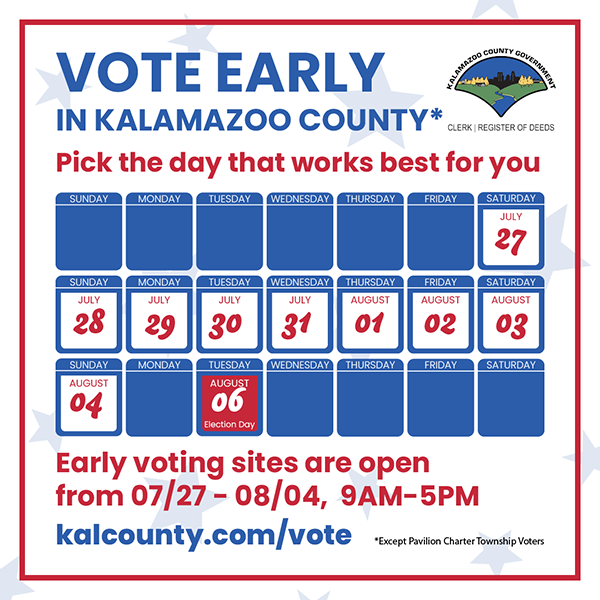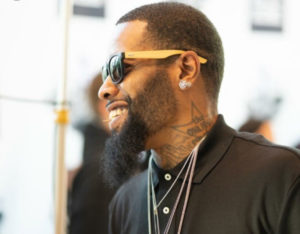 Encore magazine did a recent cover story on “Pursuing Peace: A team effort to stop violence.” The very successful approach described in Encore was brought to Kalamazoo by ISAAC and has been nurtured by ISAAC ever since. Here are the questions Encore asked ISAAC, and our answers:
Encore magazine did a recent cover story on “Pursuing Peace: A team effort to stop violence.” The very successful approach described in Encore was brought to Kalamazoo by ISAAC and has been nurtured by ISAAC ever since. Here are the questions Encore asked ISAAC, and our answers:
Why was bringing GVI (Group Violence Intervention) to Kalamazoo so important to ISAAC and the community?
In 2011, ISAAC (Interfaith Strategy for Advocacy & Action in the Community) conducted community listening sessions in various neighborhoods as part of the Holy Ground Initiative, with the belief that all community spaces should be safe. During this time our community had been shaken by violence, including deaths of our teenagers and incarceration of our community members. As we talked with community members, they consistently shared these concerns: lack of youth activities, violence, and relationships with public safety. That fall, during the ISAAC Issues Convention, the community attendees voted for organizing to focus on these concerns. This is important because community voices were lifted and truly heard. This strategy came from the community, as the community knows what is best for itself.
What did ISAAC do to help bring the program to Kalamazoo?
ISAAC understood there is power when people come together to discern root causes and practice change based on our faith values. In late 2011, ISAAC leader Tobi Hanna-Davies heard Dr. David M. Kennedy interviewed on NPR about “Don’t Shoot”, his new book on his approach that had been proven nationally to reduce violence through the vital coalition of community members, those impacted by violence, social services, law enforcement and the faith community. Tobi purchased and read Dr. Kennedy’s book and passed it on to the ISAAC Youth Violence & Drug Prevention Task Force Co-Chair, Wendy Flora. After more research and seeing this was a more equitable way to reduce violence, while understanding societal barriers that can impede and impact life chances and success, Wendy and the ISAAC Task Force were determined to bring this strategy to Kalamazoo! They reached out to individuals in the above areas as well as to Dr. David M. Kennedy, a professor at John Jay College of Criminal Justice whose work on Group Violence Intervention across the U.S. was groundbreaking. In early 2012, ISAAC brought Dr. Kennedy to Kalamazoo as a keynote speaker. He said we had a city that was already engaging in some collaborative communications and partnerships that would help in implementing this initiative. ISAAC has stayed engaged ever since, encouraging the Mayor, the Kalamazoo Department of Public Safety and community members to take GVI training and work closely with Dr. Kennedy’s team, so this groundbreaking approach could be successful here.
What does ISAAC and the NMA (Northside Ministerial Alliance)’s role on the board entail? Are there any specific applied changes that ISAAC has helped bring about through the board?
Our national network teaches us that GVI is a community-driven initiative. ISAAC and NMA help to bring a culturally competent lens to this work as well as some qualitative data collection. This is key and vital to increasing consciousness, knowledge and assessments. Nationwide and everywhere communities of color still have trust concerns with law enforcement and there is a need for open and honest communication and healing around race. ISAAC and NMA are working to mend those fractured bridges and help facilitate discussions around race and healing between law enforcement and community members. And we are looking forward to connections in doing this with more community members. Recently, ISAAC hosted and facilitated a healing circle with facilitators trained locally in racial healing methodology. The community’s role is key to ensure that all our work, though well-intended, has no unintended consequences and that our institutions and practices are progressing to be rooted in equity. The goal of GVI is not only reducing violence and keeping our community members out of prison; but also helping to remove barriers so that all individuals can live their best purpose-filled life. What cultural competency teaches us is that, if done correctly, outcomes & communication are improved, trust is strengthened, and institutional policies & practices can be transformed. The GVI model is holistic: community, law enforcement and social services working together in support of reducing violence, addressing societal barriers and collectively supporting all community members.
 ISAAC
ISAAC







 Ed Genesis is an artist, poet, musician, organizer, entrepreneur, and community leader. Born and raised in Gary, Indiana and moved to Kalamazoo, Michigan permanently in his early 20’s, his love of art/music, his passion for his people and community, and his gift of creativity are evident in all areas of his work. In October 2018 Ed Genesis released a song to accompany the campaign he was working on around school push out, entitled Junior High, which was distributed nationwide including on his own iHeart radio station, Spotify, and iTunes.
Ed Genesis is an artist, poet, musician, organizer, entrepreneur, and community leader. Born and raised in Gary, Indiana and moved to Kalamazoo, Michigan permanently in his early 20’s, his love of art/music, his passion for his people and community, and his gift of creativity are evident in all areas of his work. In October 2018 Ed Genesis released a song to accompany the campaign he was working on around school push out, entitled Junior High, which was distributed nationwide including on his own iHeart radio station, Spotify, and iTunes.